

This comprehensive guide explores the world of screw thread rods, covering their types, applications, material choices, and crucial considerations for selection. Learn how to choose the perfect screw thread rod for your specific project needs, ensuring strength, durability, and optimal performance.
Screw thread rods are available in both metric and inch thread sizes. Metric threads are defined by their diameter and pitch in millimeters, while inch threads use inches and threads per inch (TPI). The choice depends on the application and existing components. Using the wrong thread type can lead to compatibility issues and failure. Always double-check your specifications before purchasing.
Fully threaded screw thread rods have threads along their entire length, offering maximum gripping power. Partially threaded rods have threads only on a portion of their length, typically leaving unthreaded ends for fastening. The choice depends on the required length and application; fully threaded rods are ideal when maximum engagement is needed, while partially threaded rods provide versatility for different setups. Consider the specific application when choosing between these two options.
The material of your screw thread rod significantly impacts its strength, corrosion resistance, and overall lifespan. Common materials include:
| Material | Properties | Applications |
|---|---|---|
| Mild Steel | Good strength, cost-effective | General construction, mechanical applications |
| Stainless Steel (304, 316) | High corrosion resistance, durable | Outdoor applications, corrosive environments |
| Alloy Steel | High strength, superior performance under stress | High-strength applications, demanding environments |
| Brass | Good corrosion resistance, non-magnetic | Electrical applications, where non-magnetic properties are required |
The diameter and length of the screw thread rod are critical for strength and load-bearing capacity. Incorrect sizing can lead to failure or inadequate performance. Always refer to engineering specifications and relevant standards when selecting the appropriate dimensions. For heavy-duty applications, consulting with a structural engineer is strongly advised.
Screw thread rods are versatile components used in a wide range of applications, including:
Specific applications often require specific material properties, thread types, and dimensions. Consider the load requirements, environmental conditions, and other factors before making a selection. For assistance with sourcing high-quality screw thread rods, consider exploring suppliers like Hebei Muyi Import&Export Trading Co.,Ltd, specializing in providing diverse materials and sizes to meet your project needs. They offer a wide range of options to suit different applications.
While both use threads, a bolt has a head designed for tightening with a wrench, while a screw thread rod lacks a head and is typically used for tensioning or creating a linear mechanical advantage.
Tensile strength calculations depend on the material, diameter, and other factors. Consult engineering handbooks or software for precise calculations, ensuring safety and preventing failure.
Many reputable suppliers offer a wide selection of screw thread rods. Online searches and industry directories can help locate suppliers that meet your requirements.
This guide offers a foundation for understanding screw thread rods. Always prioritize safety and consult with professionals when needed for complex applications. Remember to choose the right material, dimensions, and thread type to ensure the optimal performance and longevity of your project. For your screw thread rod needs, consider contacting Hebei Muyi Import&Export Trading Co.,Ltd for a diverse range of high-quality options.


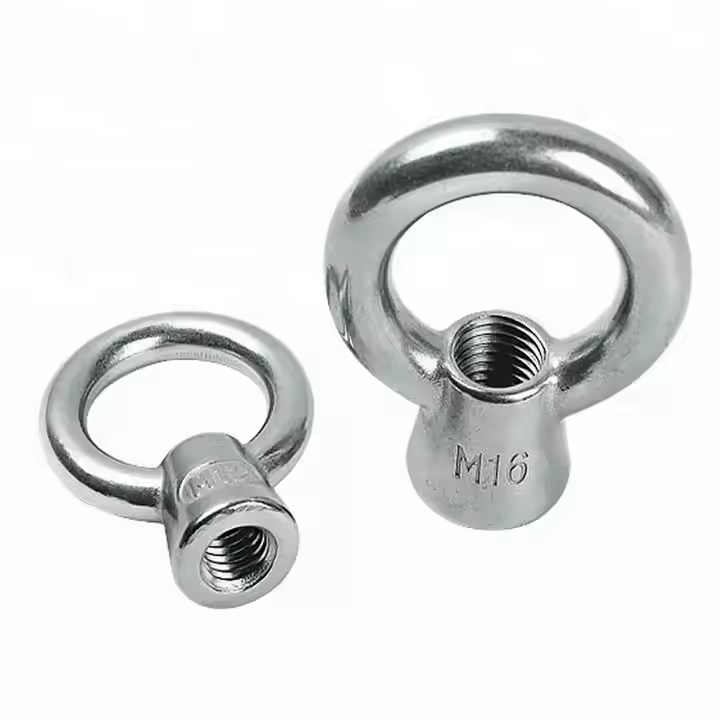
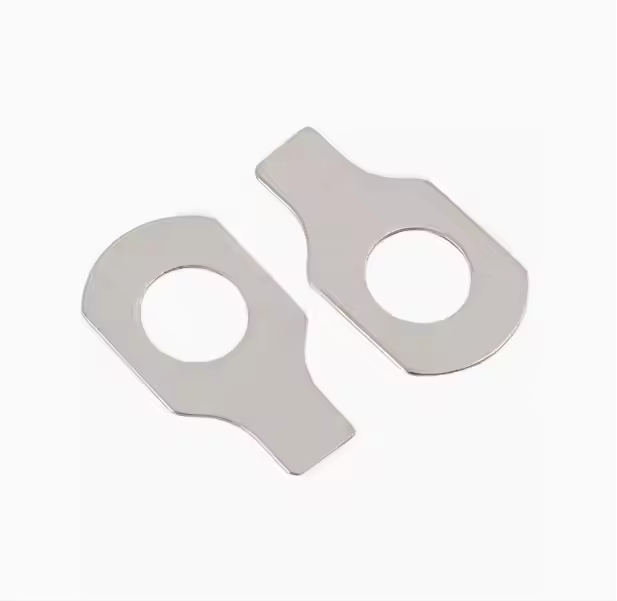
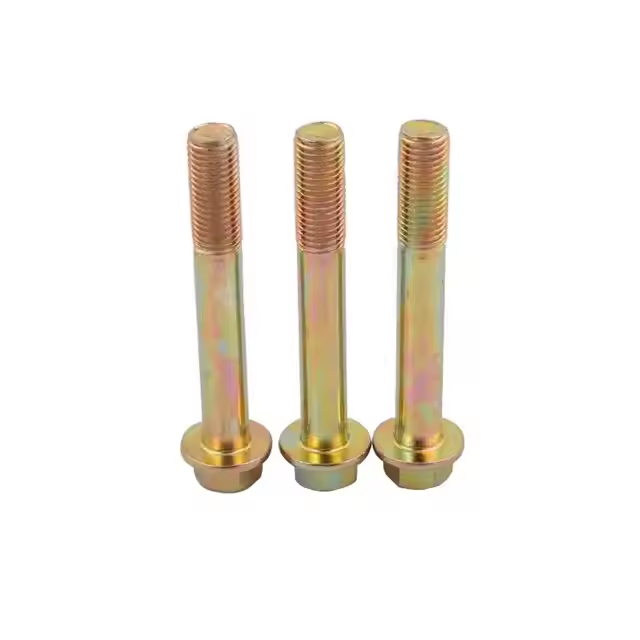
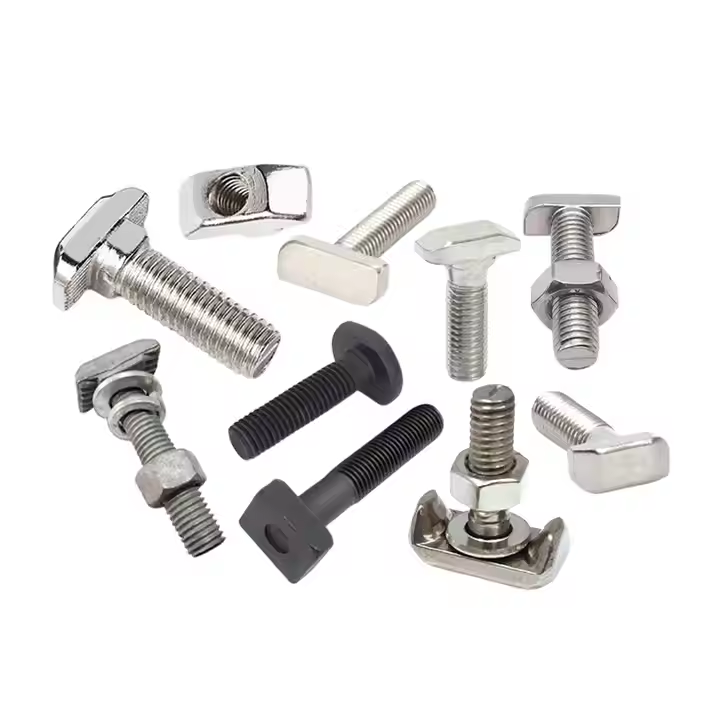
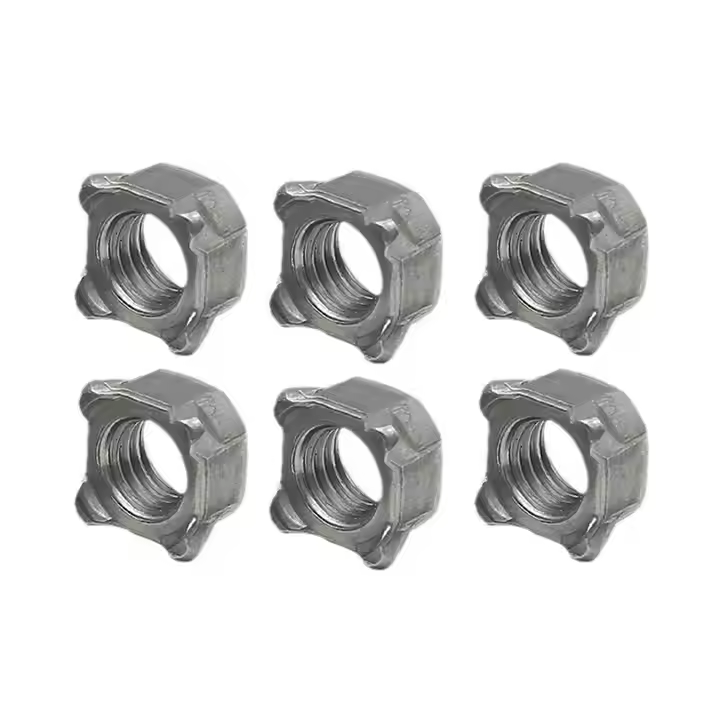
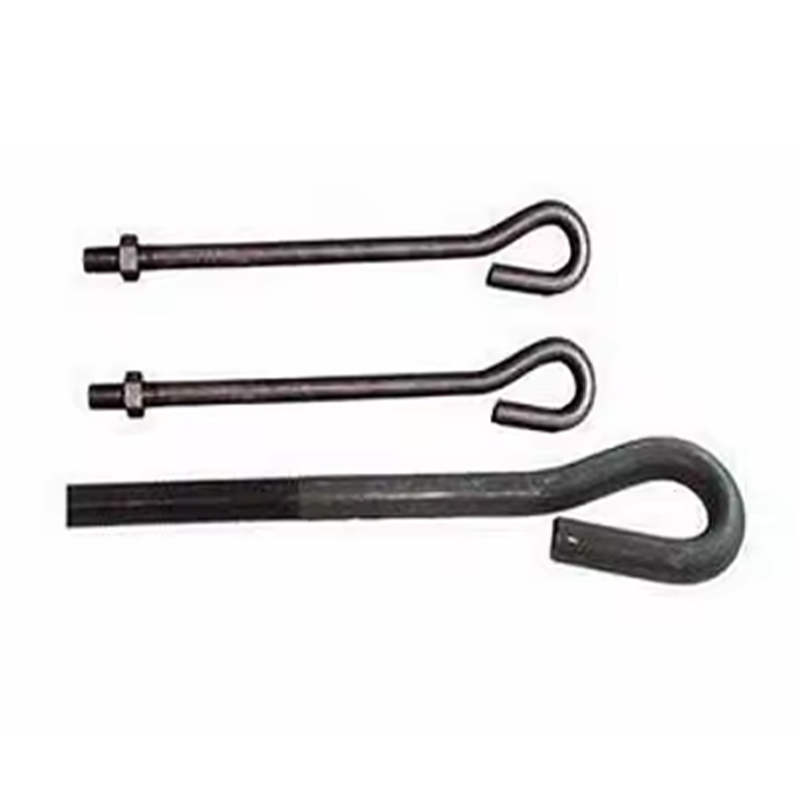
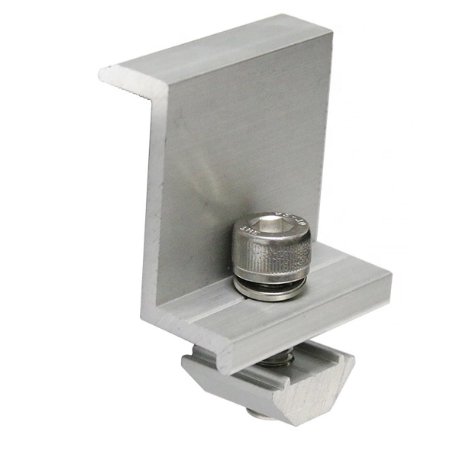
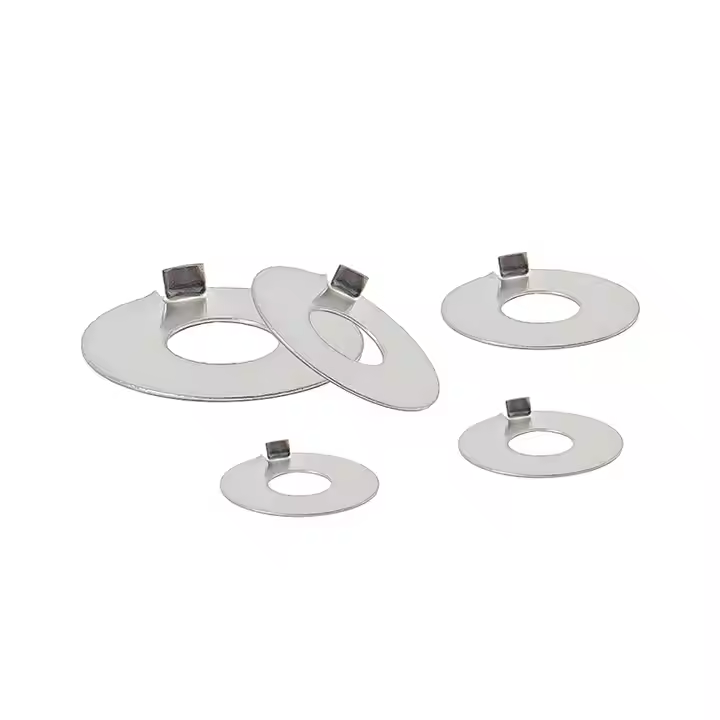
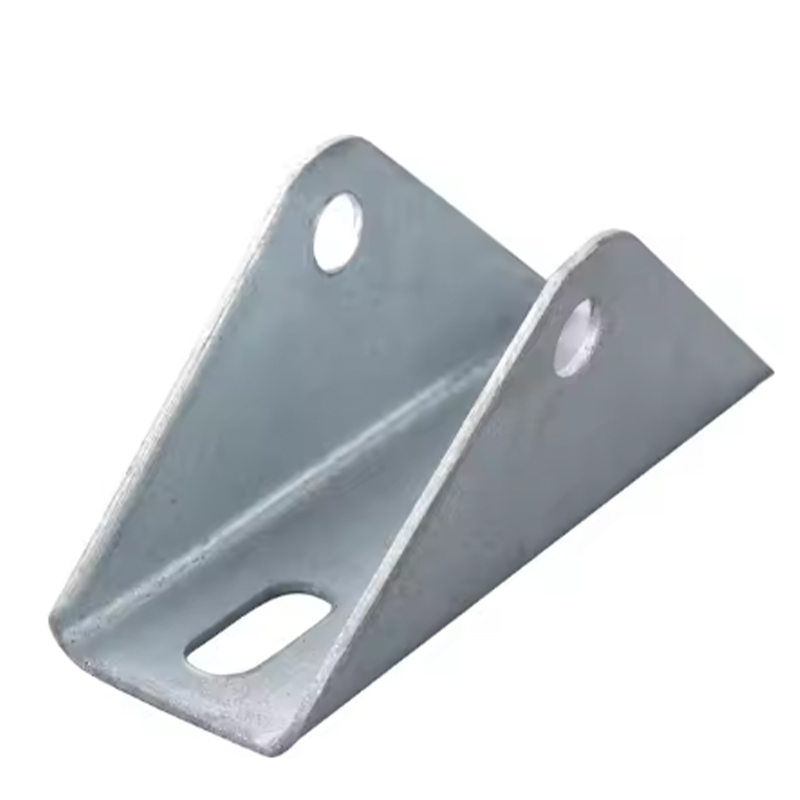

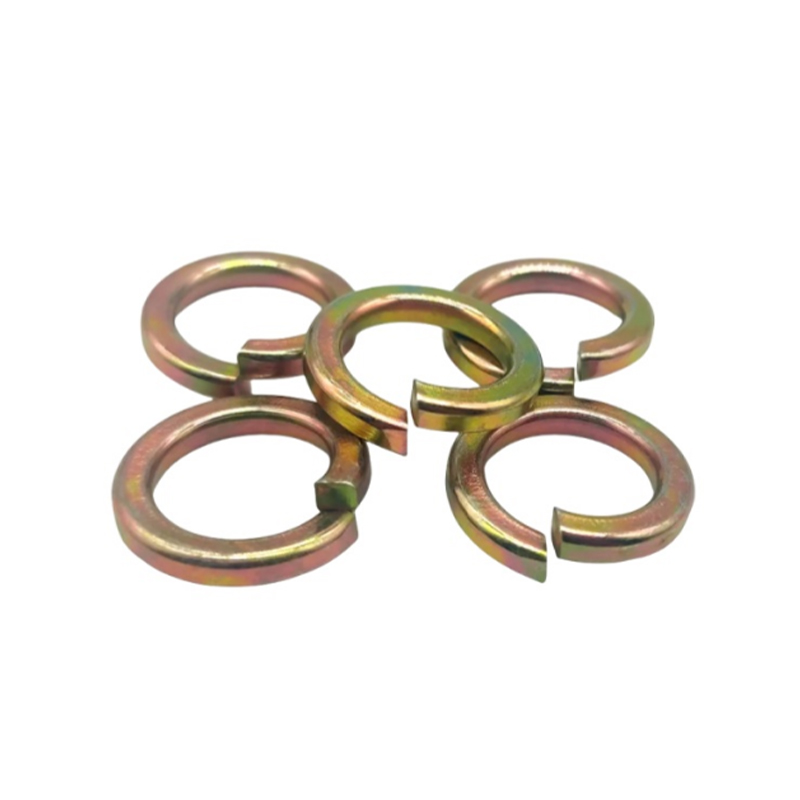
Please enter your email address and we will reply to your email.